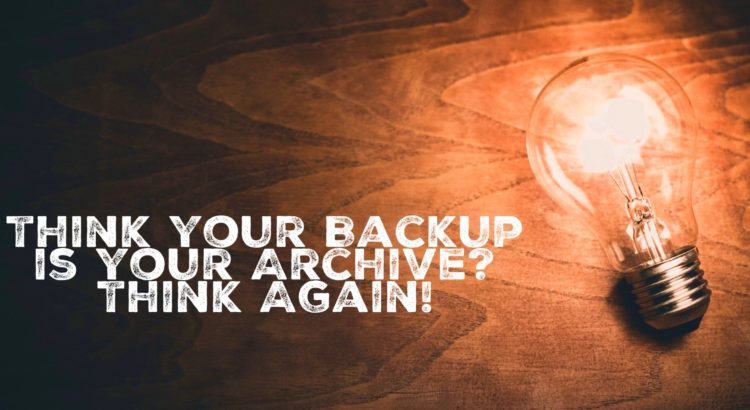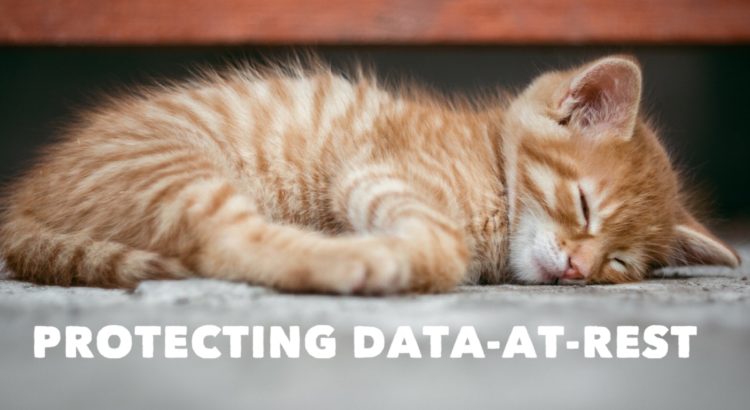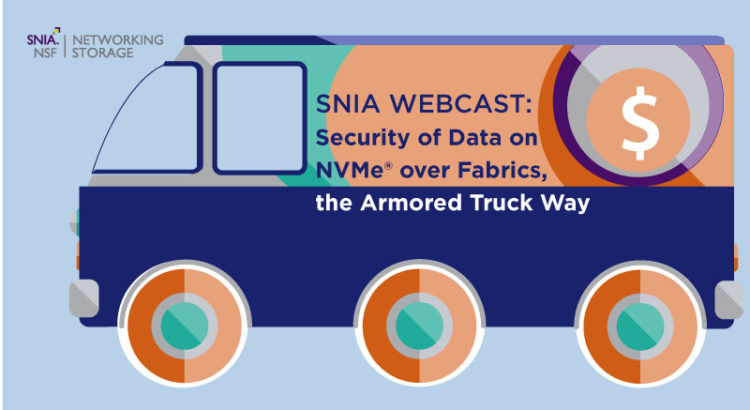
Protecting NVMe over Fabrics Data from Day One, The Armored Truck Way
With ever increasing threat vectors both inside and outside
the data center, a compromised customer dataset can quickly result in a torrent
of lost business data, eroded trust, significant penalties, and potential
lawsuits. Potential vulnerabilities exist at every point when scaling out NVMe® storage, which
requires data to be secured every time it leaves a server or the storage media,
not just when leaving the data center. NVMe over Fabrics is poised to be the
one of the most dominant storage transports of the future and securing and
validating the vast amounts of data that will traverse this fabric is not just
prudent, but paramount. Read More

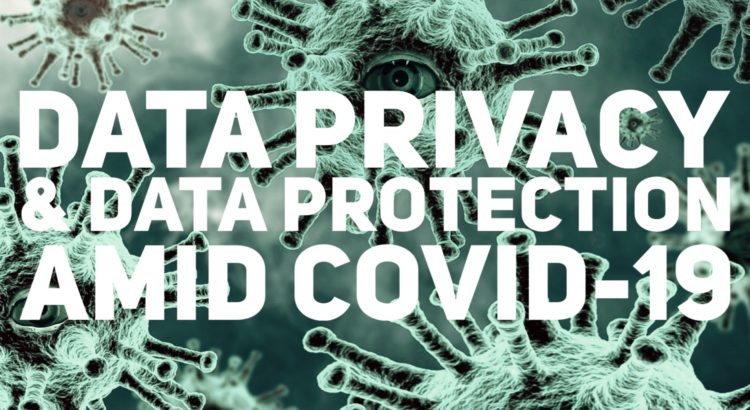
 Data in transit provides a large attack surface for bad actors. Keeping data secure from threats and compromise while it’s being transmitted was the topic at our live
Data in transit provides a large attack surface for bad actors. Keeping data secure from threats and compromise while it’s being transmitted was the topic at our live 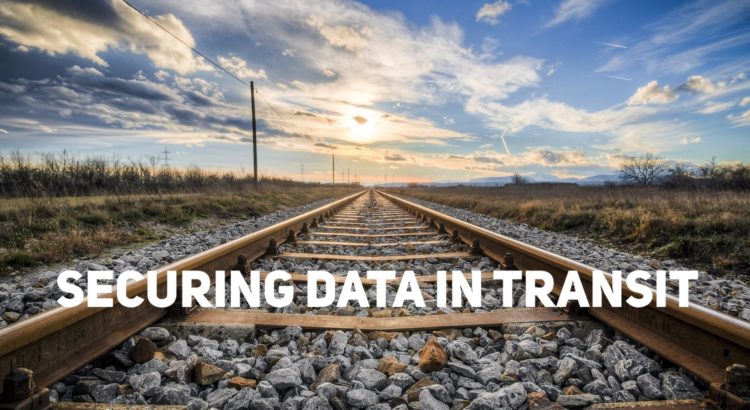
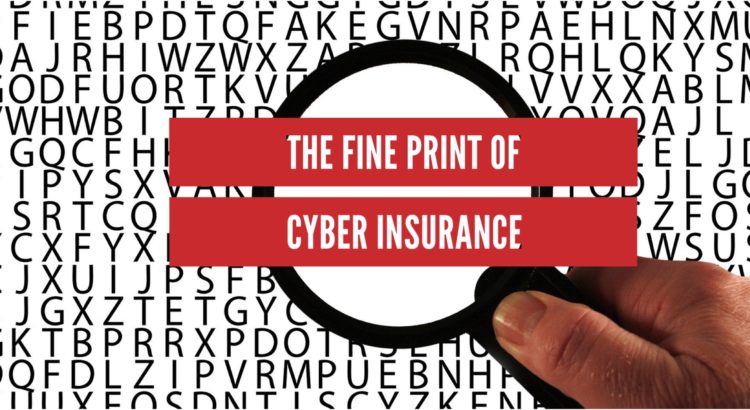
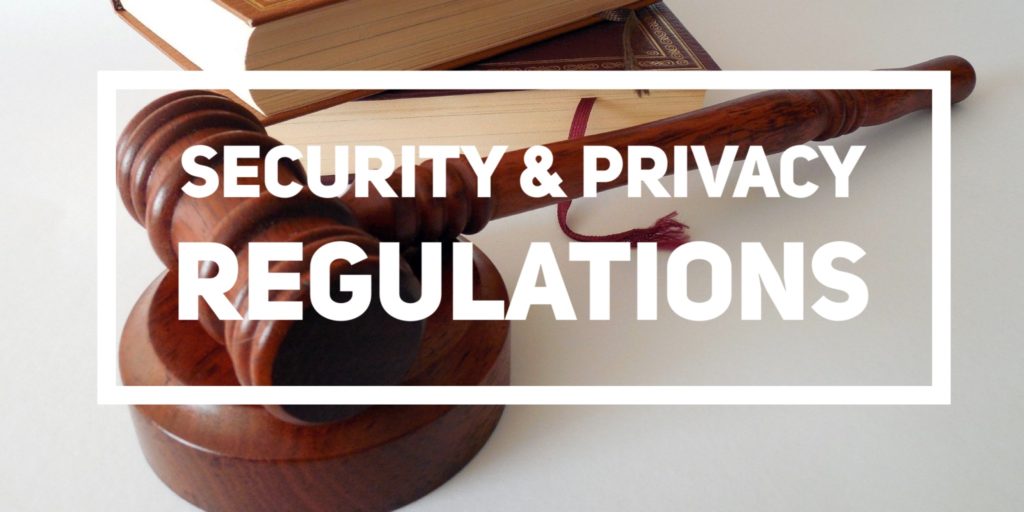 Last month the
Last month the  The SNIA
The SNIA 